Estimated reading time: 7 minutes
Hello, lifelong cat lover! Do you ever ponder about the best cat food for your feline friend? It can be overwhelming, right?
Each label shouts its merits, promising to keep your cat purring with satisfaction. But as an informed pet parent, you understand that there’s more than meets the eye, especially when it comes to understanding the difference between indoor and outdoor cat food.
Feeding your cat the right food is no trivial matter. A well-fed cat is a happy cat, and a happy cat leads to a happy owner. So, let’s demystify this cat conundrum, whisker by whisker.
Indoor Cat Food: Tailored for the Couch Paw-tato
The lazy afternoons and a less active lifestyle of your indoor cats influence their nutritional needs, making the indoor cat food formulation an important consideration.
Fewer Calories, Full Bellies
Indoor cats tend to have a lower activity level than those who roam outdoors, translating into lower calorie needs.
Thus, indoor cat food is typically crafted to provide fewer calories, helping your cat maintain a healthy weight without overeating.
High Fiber: A Hairball’s Worst Enemy
A higher fiber content is another unique feature of indoor cat food. Given their indoor lifestyle, these cats may groom more, leading to a higher risk of hairballs.
A diet high in fiber can help manage this pesky problem while also supporting a healthy digestive system.
Special Nutrients for Indoor Dwellers
Indoor cat food is often enriched with specific nutrients that cater to your indoor cat’s unique needs.
For instance, it may have added Vitamin D, which outdoor cats naturally absorb from the sun, ensuring they get a well-balanced diet.
Outdoor Cat Food: The Adventurer’s Diet
Outdoor cats have a different story to tell. Their roaming lifestyle requires a diet that can keep up with their energy needs.
More Calories for More Adventure
Outdoor cats burn more calories due to their higher activity level. To meet these energy demands, outdoor cat food typically contains more calories, ensuring they’re fueled for their adventures.
Lower Fiber for the Outdoor Explorer
Outdoor cats are less likely to suffer from hairball problems due to their active lifestyle, so their food doesn’t need to have as high a fiber content as the indoor variety.
Robust Nutrition for the Great Outdoors
Outdoor cat food often includes ingredients for immune support, maintaining healthy skin and coat, and sustaining joint health – all essential for a cat that braves the elements.
From Protein to Vitamins: Common Ingredients
Whether your feline spends their time indoors or outdoors, their food must have a healthy balance of protein, carbohydrates, and essential vitamins and minerals.
Protein: The Cat’s Meow
High-quality animal protein should be the cornerstone of any cat food, be it indoor or outdoor. Protein nourishes their lean body mass and fuels their energy.
Carbs: Not a Cat-astrophe
While cats don’t need as many carbs as we do, they can use them for energy. Look for food that incorporates digestible sources of carbs like sweet potatoes or peas.
Vitamins & Minerals: The Unsung Heroes
Vitamins and minerals are vital for your cat’s overall wellbeing, regardless of their indoor or outdoor status. Look for cat foods that offer a well-rounded mix of these essential nutrients.
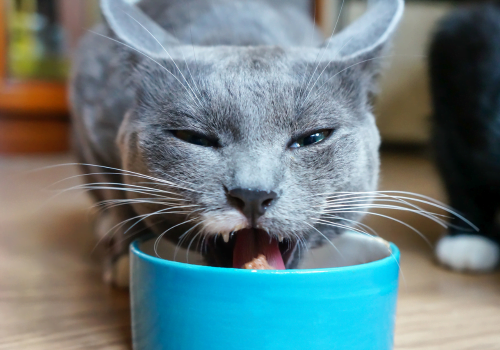
Beyond Indoor vs Outdoor: Other Purr-tinent Factors to Consider
While the difference between indoor and outdoor cat food is critical, it’s not the only factor to consider when choosing the best chow for your feline friend.
The Cost of Kitty Cuisine
While we all want the very best for our feline friends, budget plays a significant role in our choices. Cat food prices can vary significantly based on brand, ingredients, and type (wet food tends to be more expensive than dry food).
Balance the cost with the nutritional value to ensure your cat is getting the best within your budget.
Feline Allergies and Sensitivities
Cats, like humans, can have allergies and food sensitivities. Some might be sensitive to grains, while others could have a protein-specific allergy such as to chicken or fish.
If your cat has been showing signs of a possible allergy—like itchy skin, digestive issues, or changes in behavior—consult your veterinarian to identify potential allergens and find a suitable cat food.
Considering Their Nine Lives: Age and Health
Age and health status significantly impact your cat’s dietary needs.
Kittens require food high in protein and calories to support their growth, while seniors might need a diet formulated to support joint health and maintain a healthy weight.
Cats with specific health issues, like kidney disease or diabetes, might require a specialized diet. Regular cat food might not meet these needs, so consult with your vet for advice.
The Finale: Making the Purrfect Choice
The difference between indoor and outdoor cat food lies primarily in their caloric content and specific nutritional enhancements.
Indoor cat food is lower in calories and higher in fiber, suitable for less active cats and those prone to hairballs.
On the other hand, outdoor cat food provides more calories and robust nutrition to support the adventurous outdoor kitty lifestyle.
Your cat’s food should reflect their lifestyle and specific nutritional needs. If you’re unsure about which food is best for your feline friend, always consult with your trusted veterinarian.
So, cat lovers, have you noticed a difference when switching between indoor and outdoor cat food? Do you have a preference or a story to share?
We’d love to hear from you in the comments section or feel free to share this post on your social media. Together, we can ensure our feline friends get the right nutrition they need to live their nine lives to the fullest!
Frequently Asked Questions
The main difference lies in the nutritional composition to meet the unique needs of indoor and outdoor cats. Indoor cat food focuses on weight management, hairball control, and digestive health, while outdoor cat food prioritizes high protein content, energy density, immune system support, and dental health.
While it is not harmful to feed your indoor cat outdoor cat food occasionally, it is not recommended as a regular diet. The nutritional composition of outdoor cat food may lead to weight gain and other health issues in indoor cats.
If your indoor cat spends only a limited amount of time outdoors, there is no immediate need to switch to outdoor cat food. However, it’s important to ensure that your cat’s diet meets their specific needs. You can consider providing them with a balanced indoor cat food that caters to their indoor lifestyle while supplementing their diet with occasional outdoor exploration.
Yes, you can mix indoor and outdoor cat food to meet the specific needs of your cat. However, it’s essential to do so in the right proportions and consult with your veterinarian to ensure your cat’s nutritional requirements are adequately met. Mixing the two types of cat food can provide a balanced diet that addresses both indoor and outdoor cat needs.
When transitioning your cat to a new type of cat food, it’s important to do so gradually to avoid digestive upset. Start by mixing a small amount of the new cat food with their current food and gradually increase the proportion of the new food over several days or weeks. This gradual transition allows your cat’s digestive system to adjust to the new food without causing any discomfort.
If you have both indoor and outdoor cats, it can be a challenge to meet their different dietary needs. One option is to feed them separately, providing indoor cat food to the indoor cats and outdoor cat food to the outdoor cats. Alternatively, you can choose a cat food that is suitable for all life stages and meets the nutritional requirements of both indoor and outdoor cats.
As an Amazon Associate I earn from qualifying purchases.
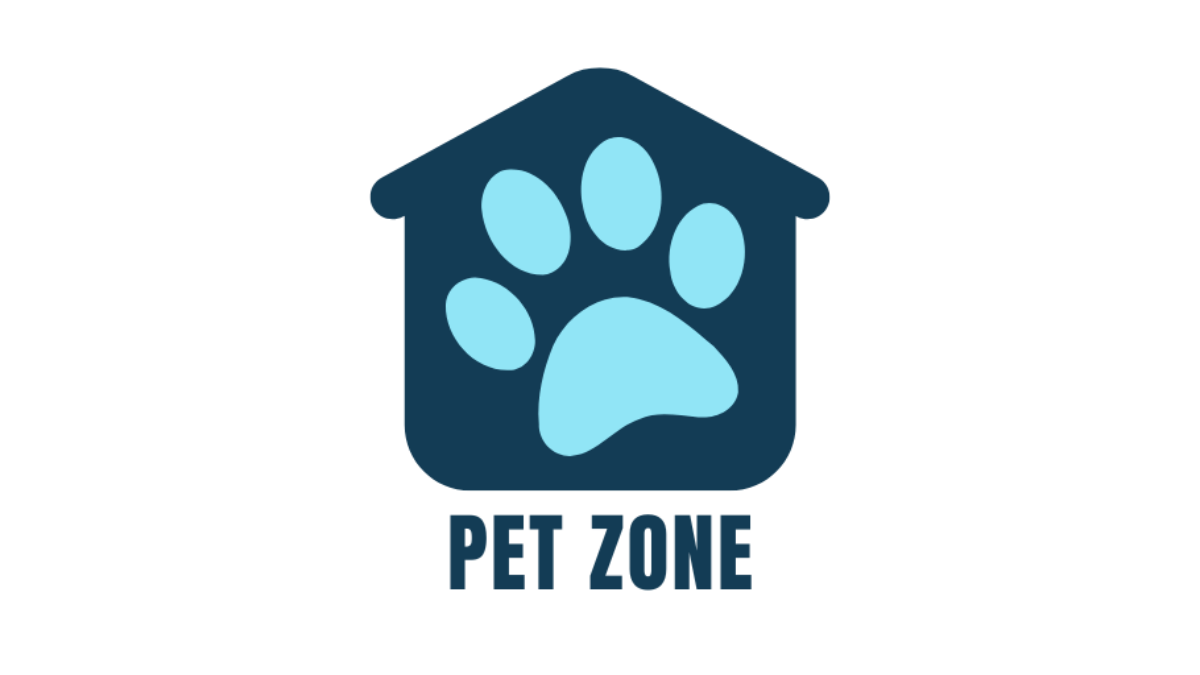

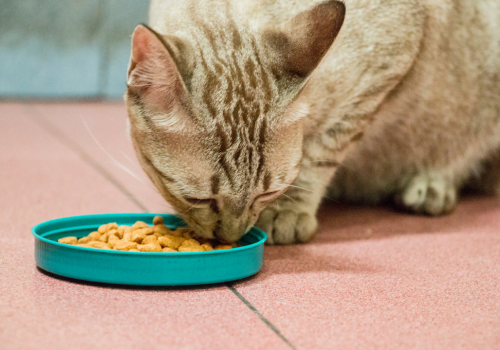
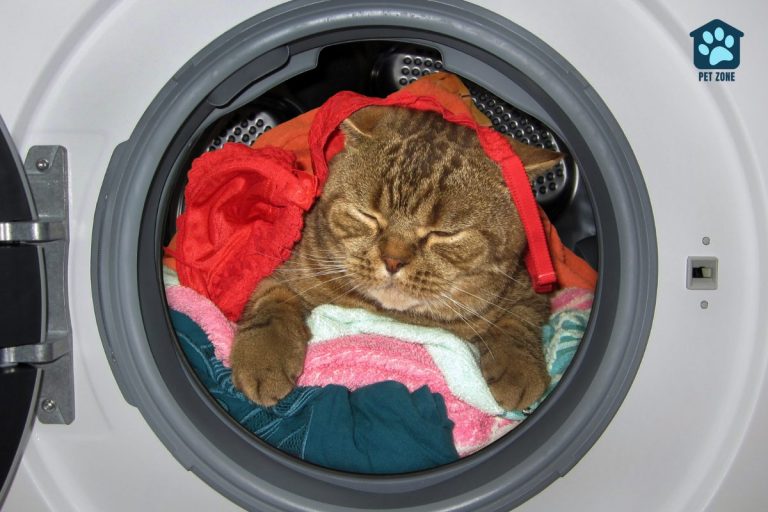
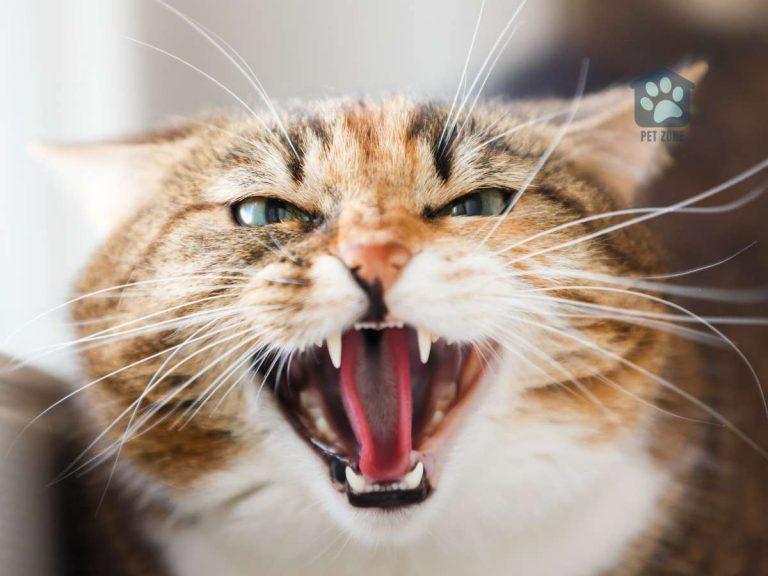

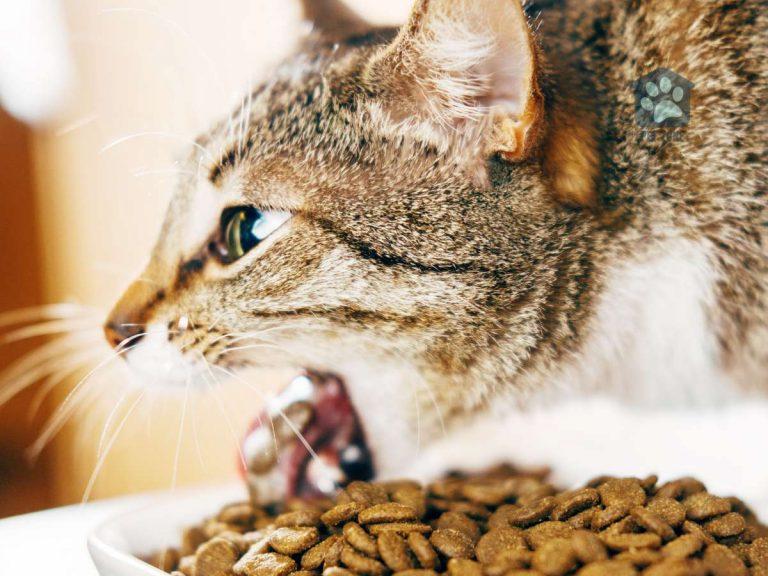
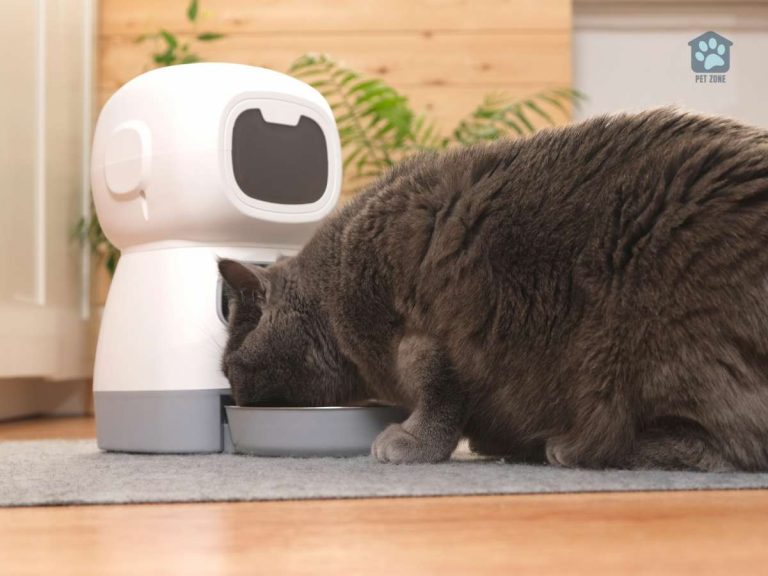
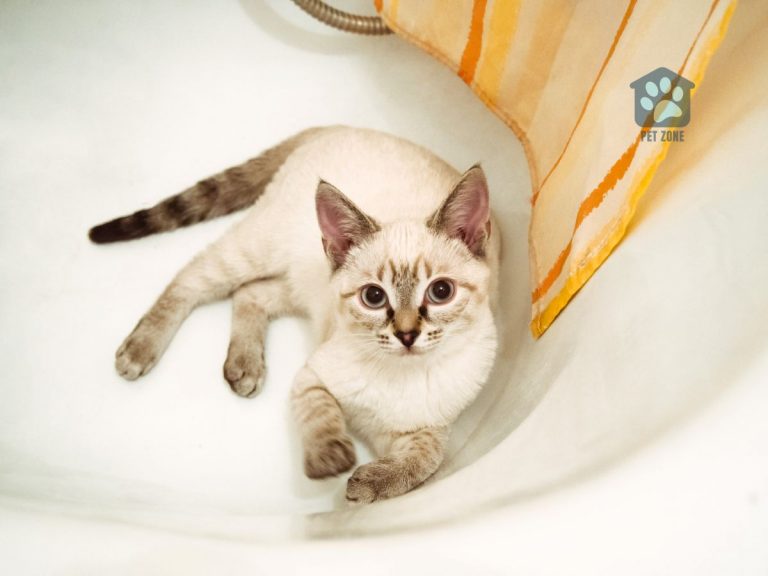
Hi there! I just wanted to drop a quick note to let you know how much I adore your blog.